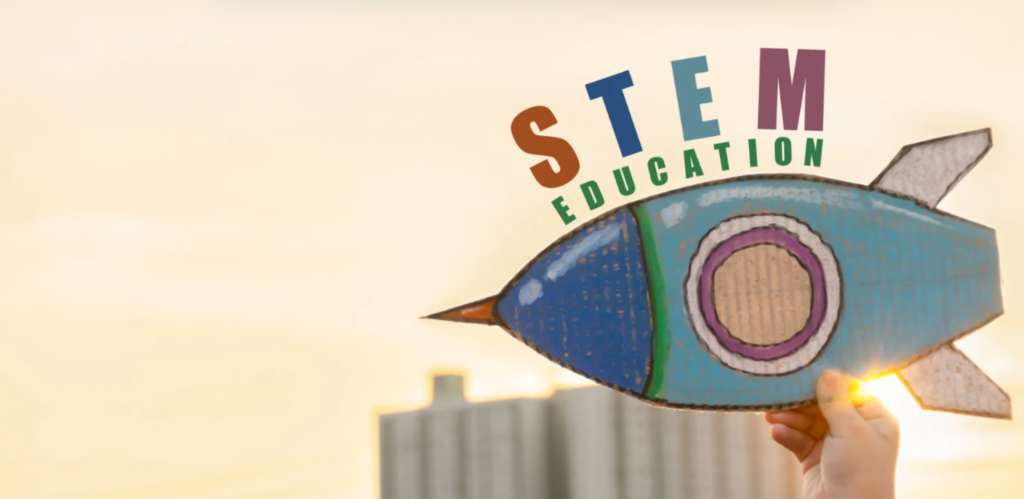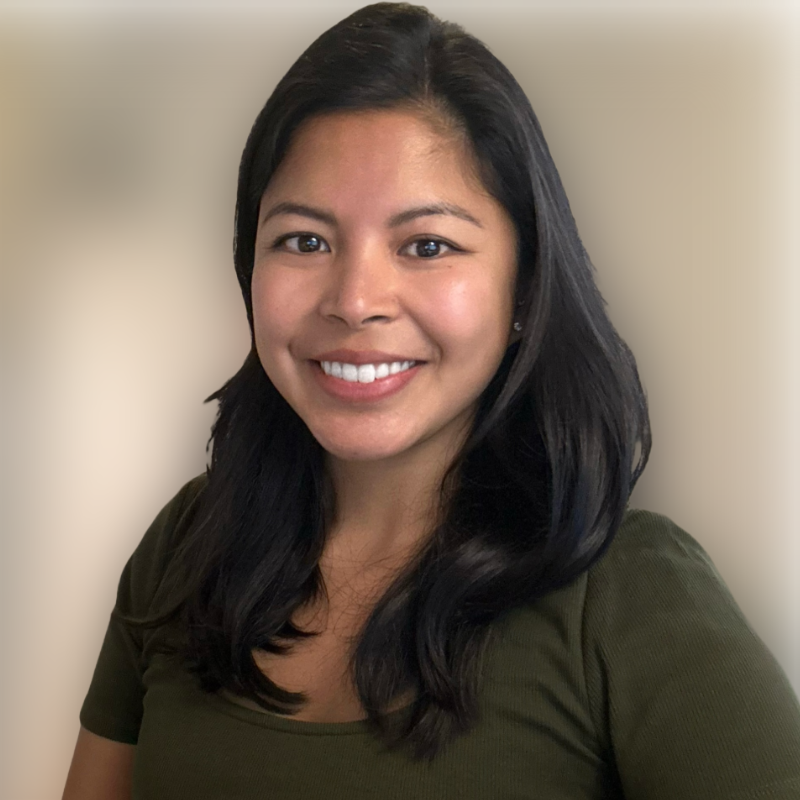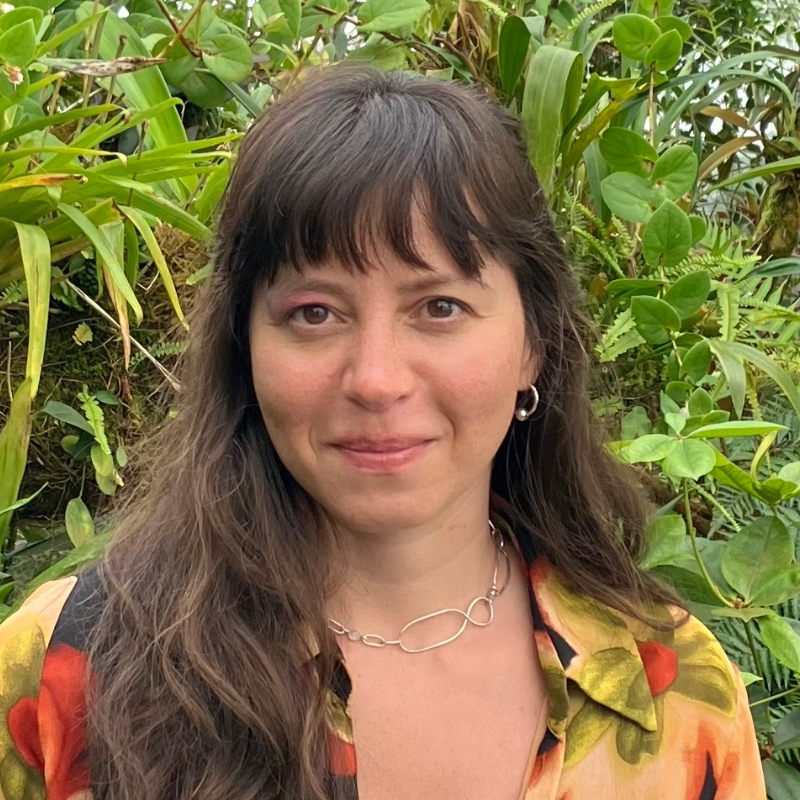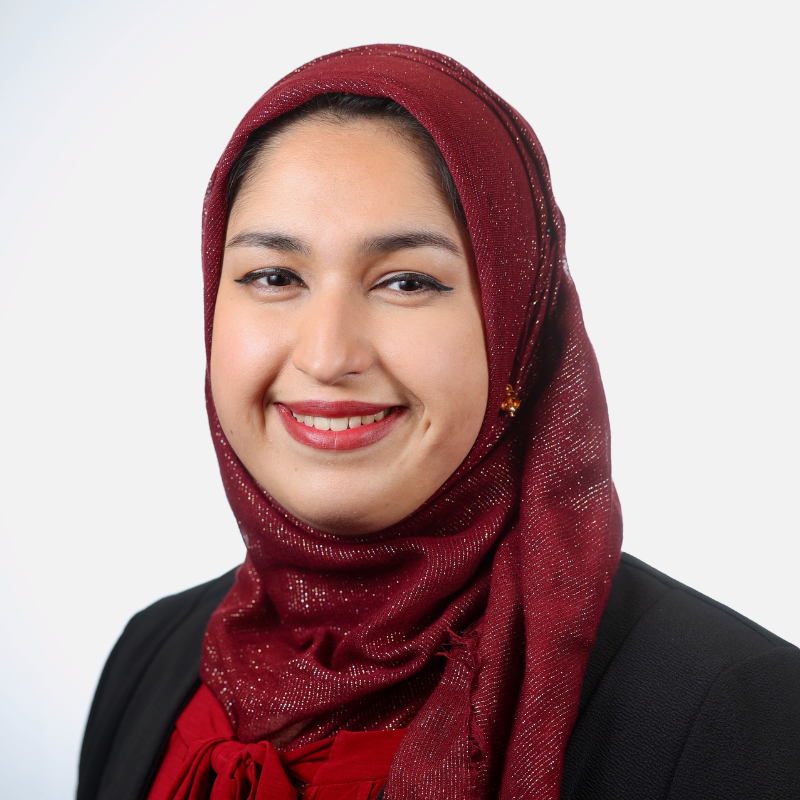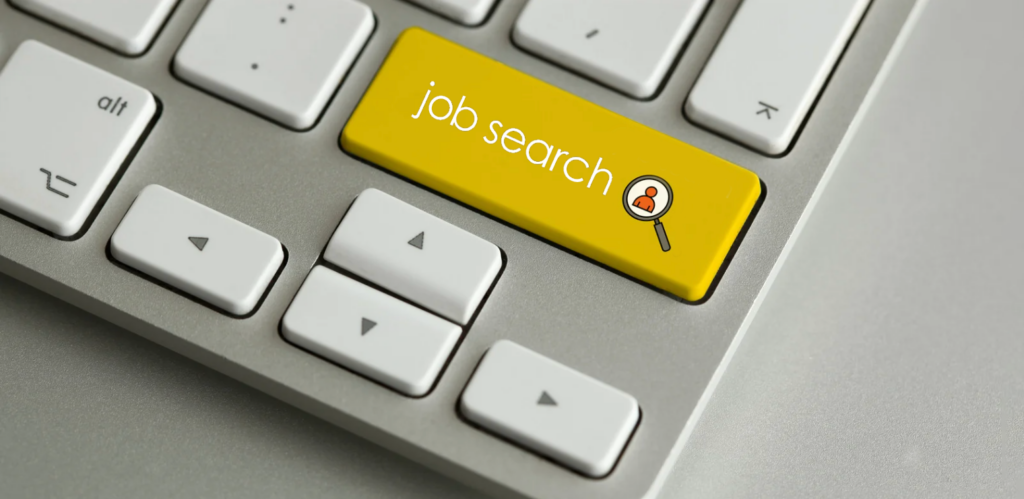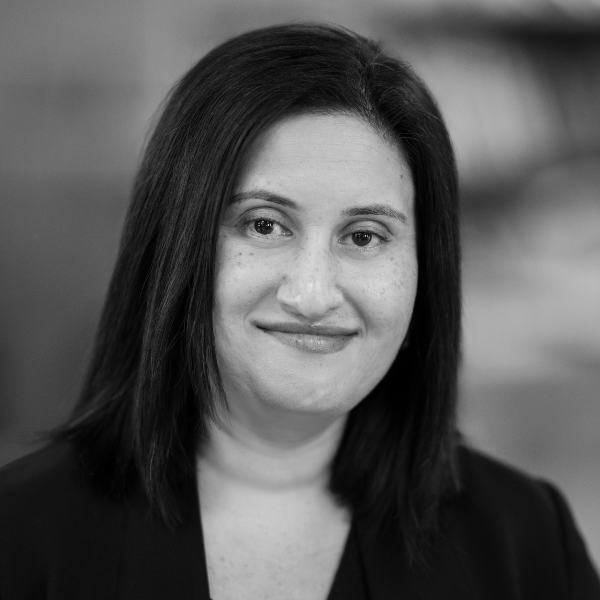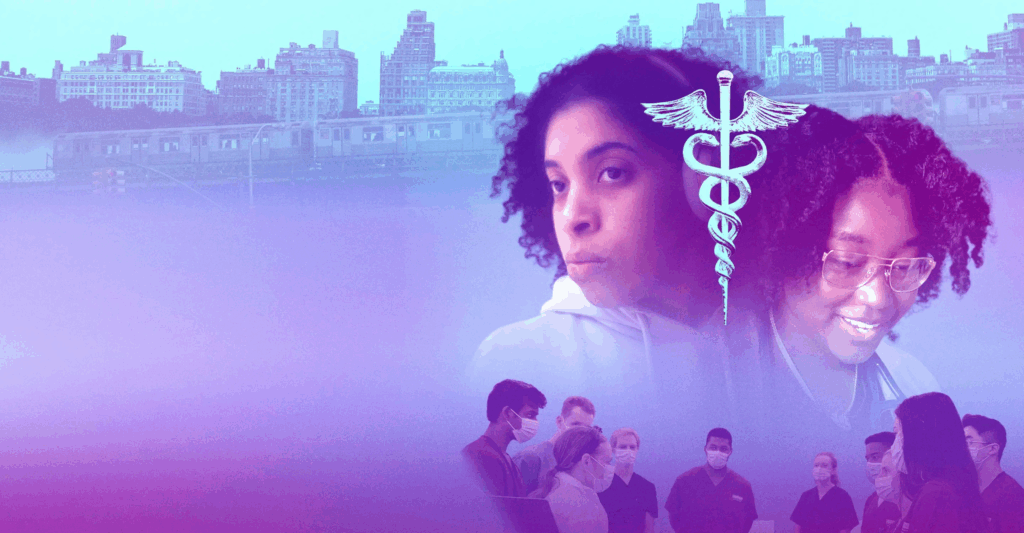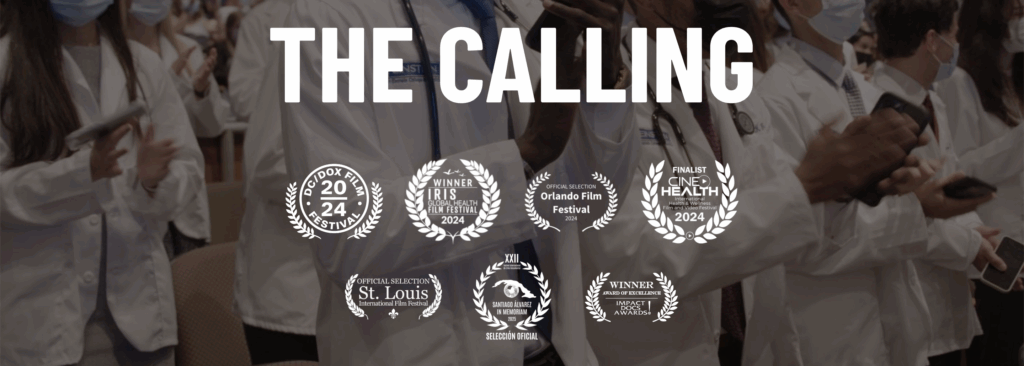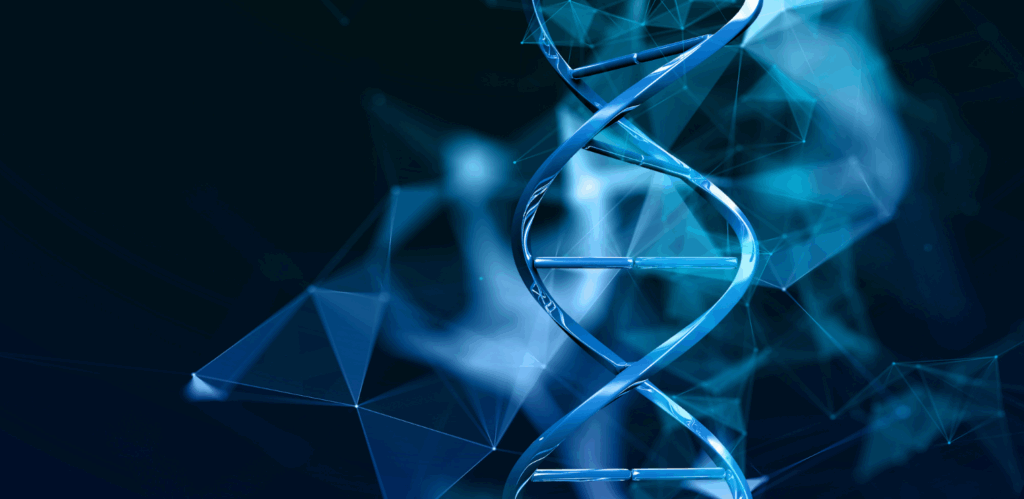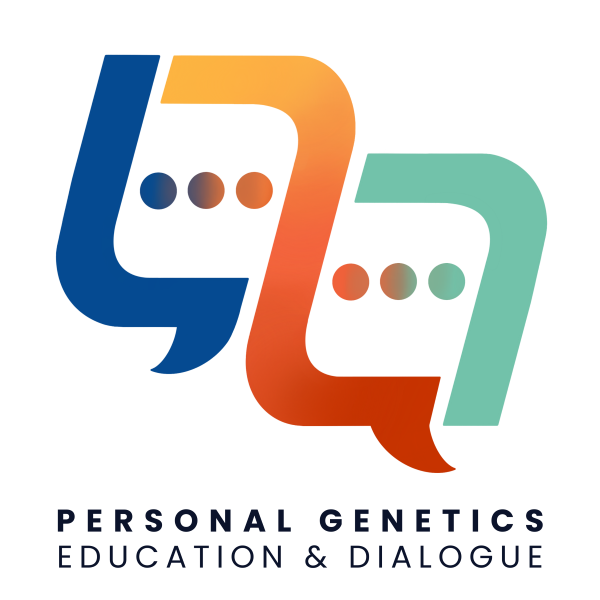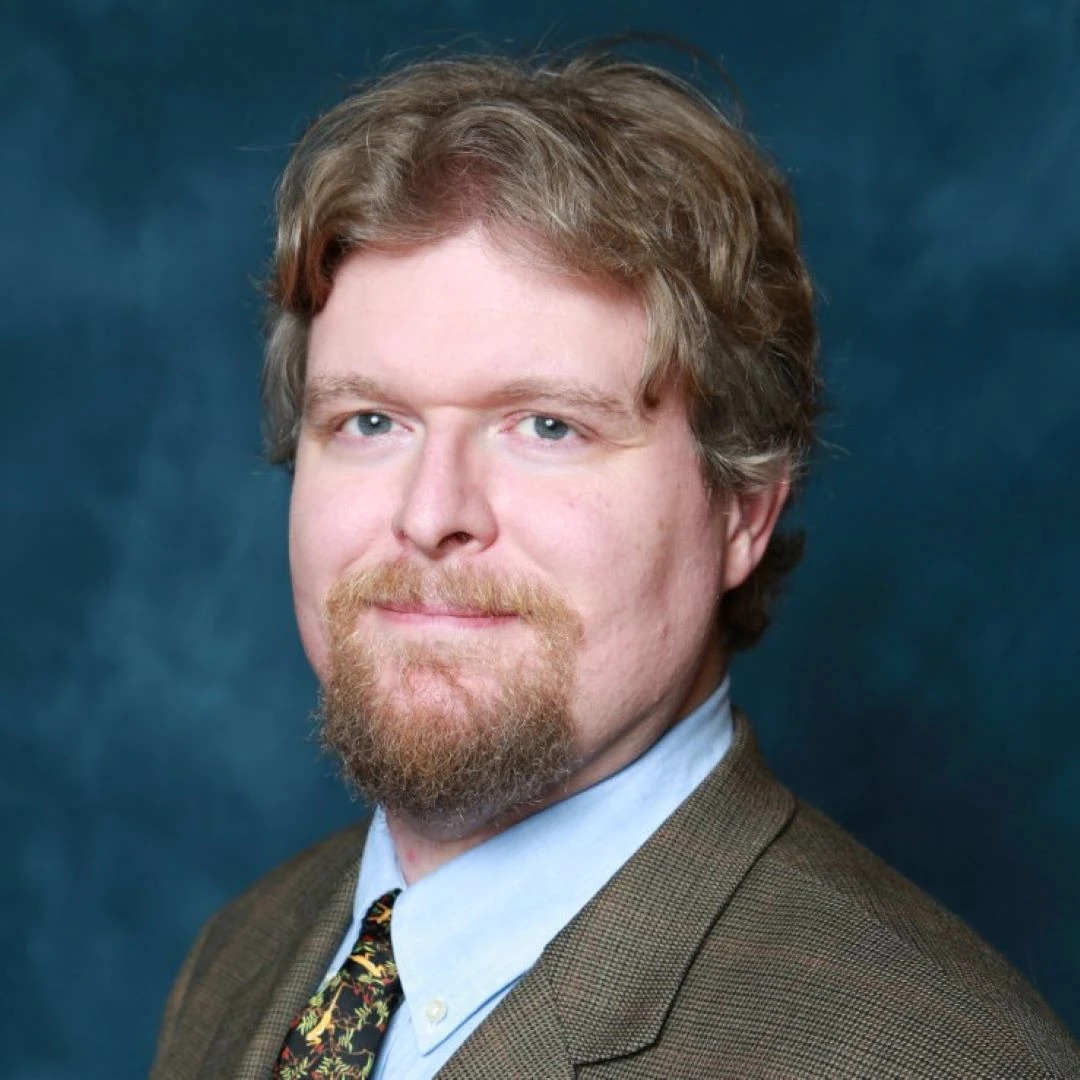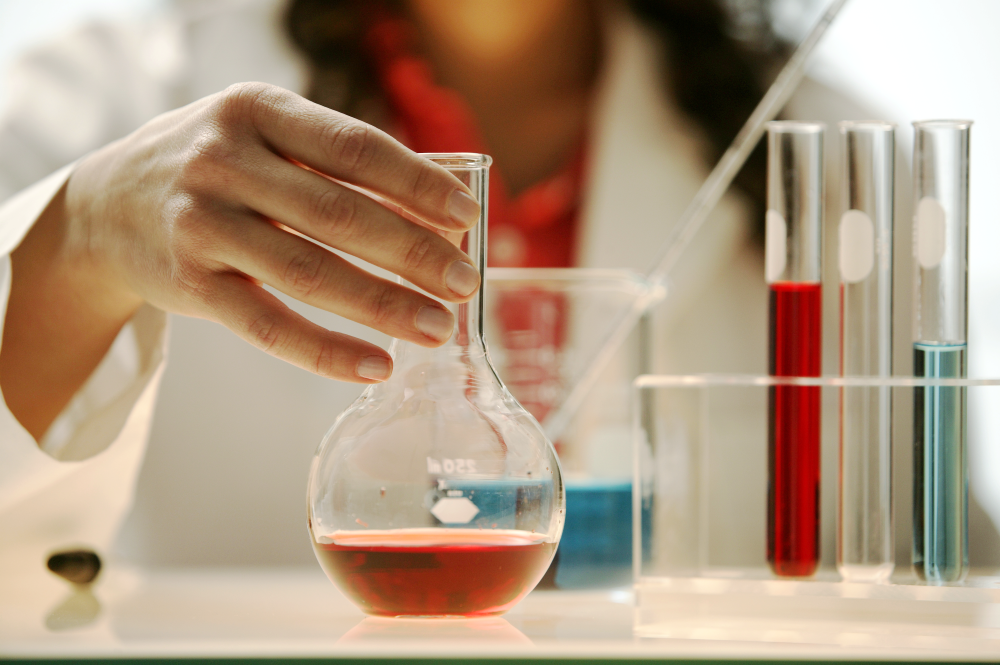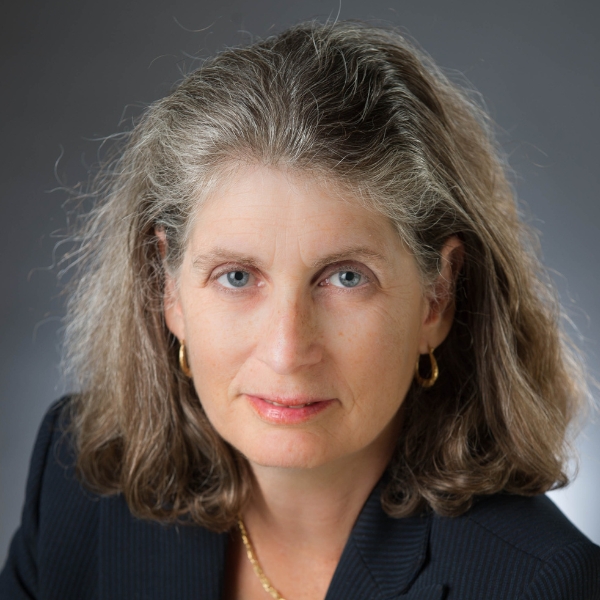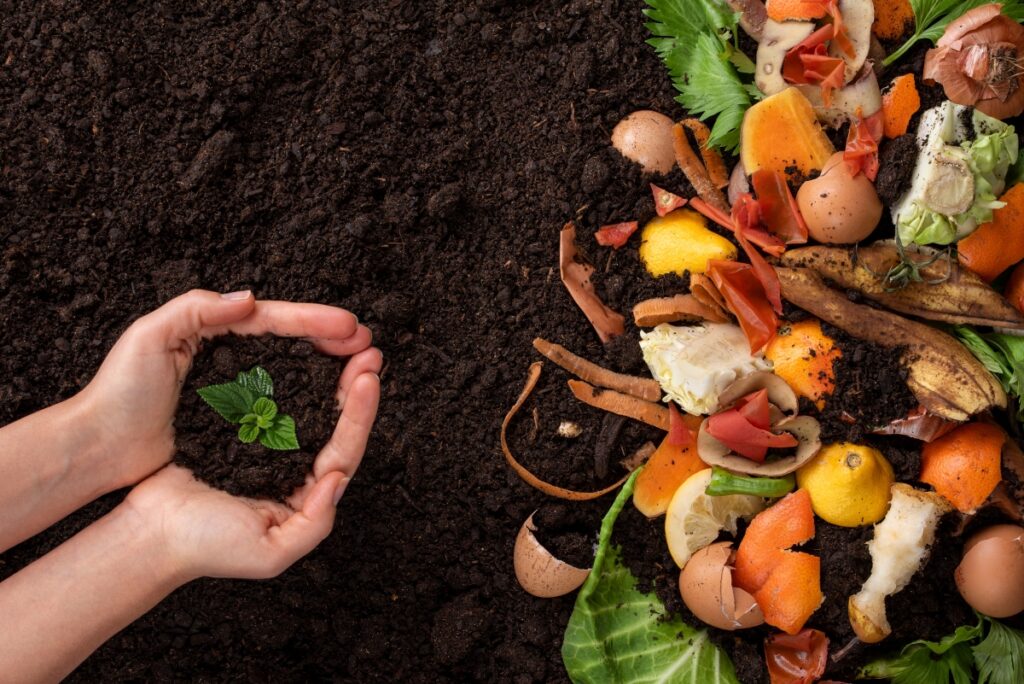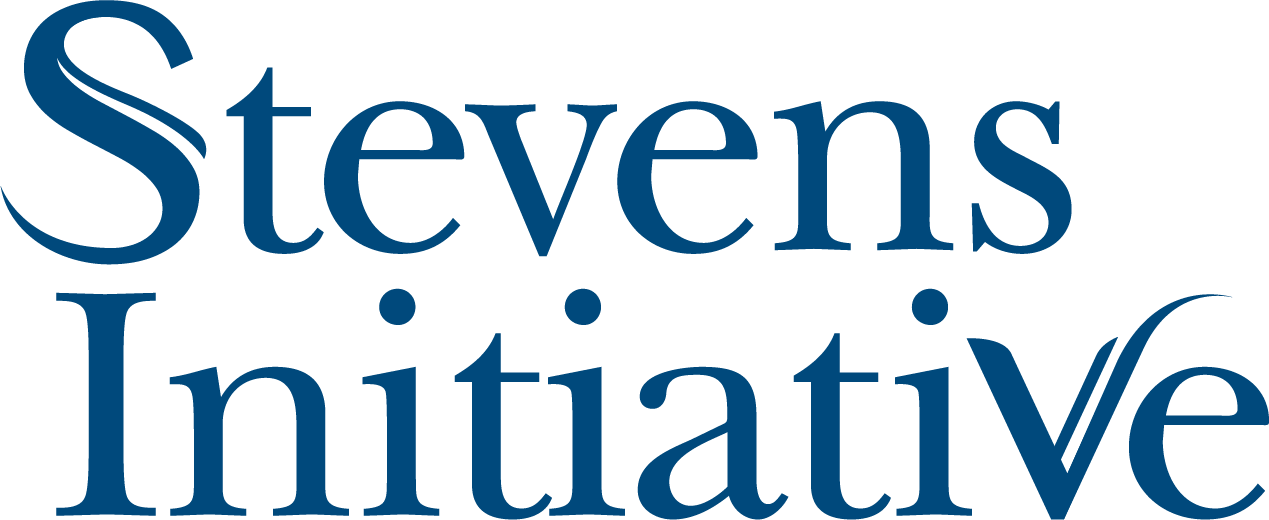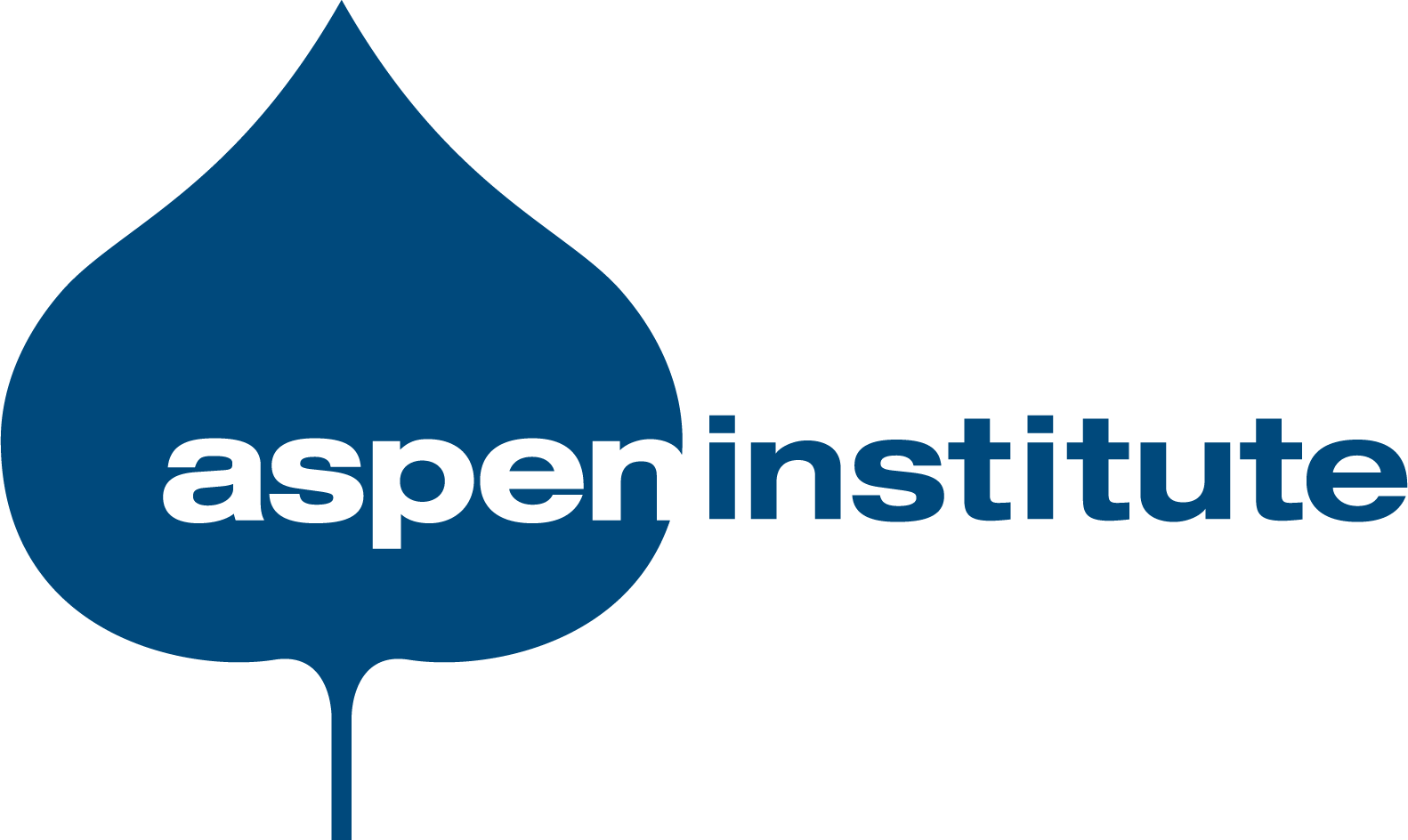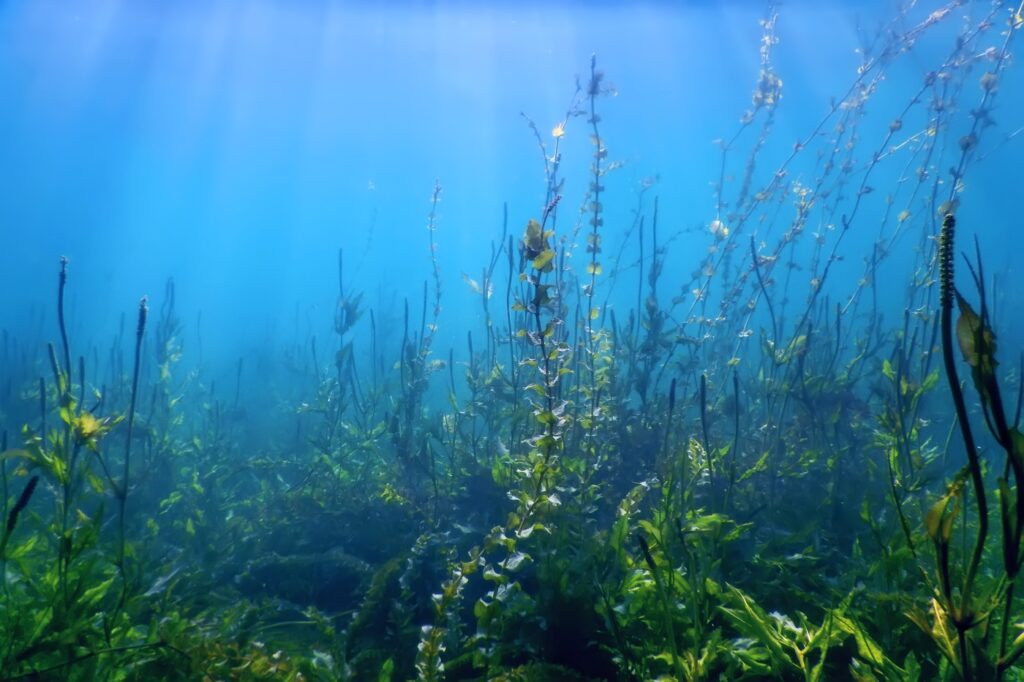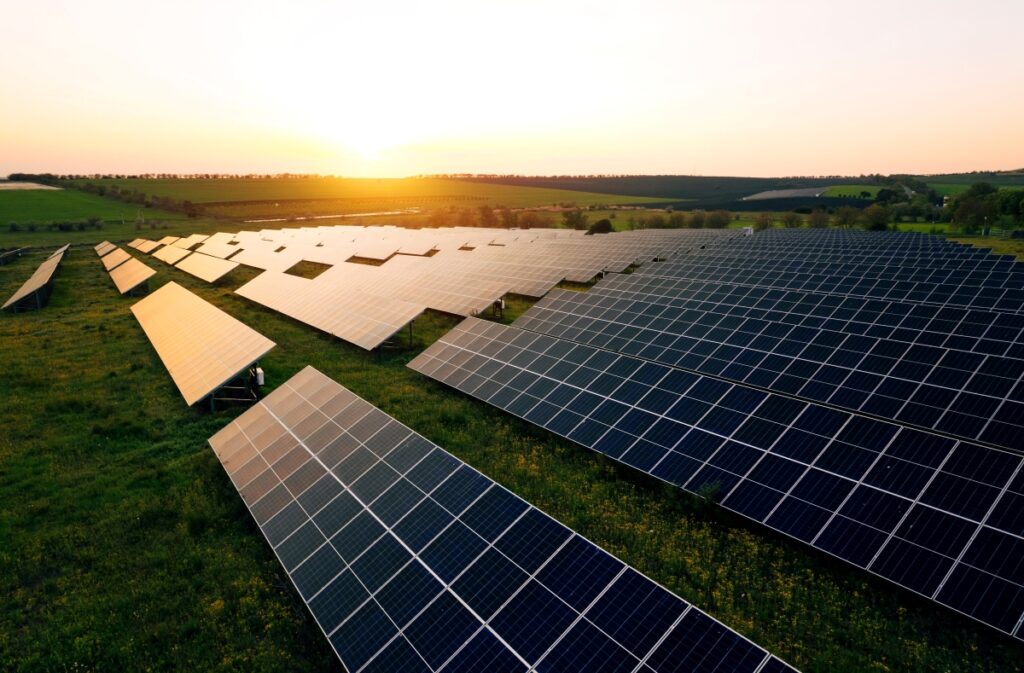
February 5, 2026 | 12:30 PM – 2:00 PM ET
Join The New York Academy of Sciences for an afternoon of virtual networking designed to spark meaningful conversations, foster professional connections, and deepen your knowledge across dynamic fields. Participants will have the opportunity to engage in themed breakout rooms, each guided by a domain expert, who will lead the discussion and encourage cross-disciplinary exchange.
The themed networking rooms are:
AI and Data Science
Dive into conversations about the applications of AI technology and emerging trends in the growing field.
Biotech and Entrepreneurship
Connect with innovators, founders, and biotech enthusiasts. Explore pathways from research to startup, funding strategies, and biotech product development.
Engineering and Robotics
Discuss mechanical, electrical, and software engineering topics—from automation and robotic systems to design challenges and career pathways in engineering fields.
Science Communication and Community Outreach
Share strategies for effectively fostering dialogue around scientific concepts with various audiences to support building trust in science.
Life Sciences and Research
Engage in conversations about building a career in scientific research, within and beyond academia.
All participants will return as a group at the end of the program to share insights, highlights, and key takeaways.
